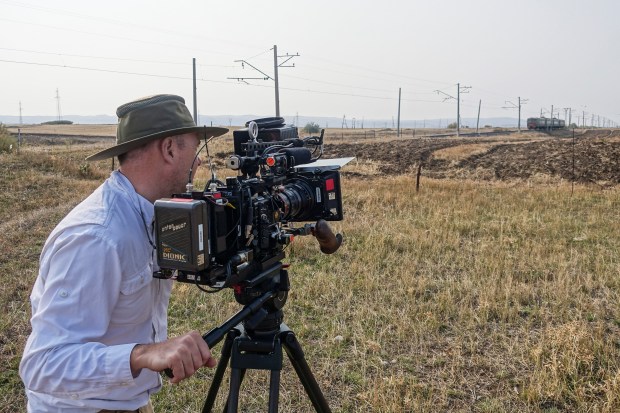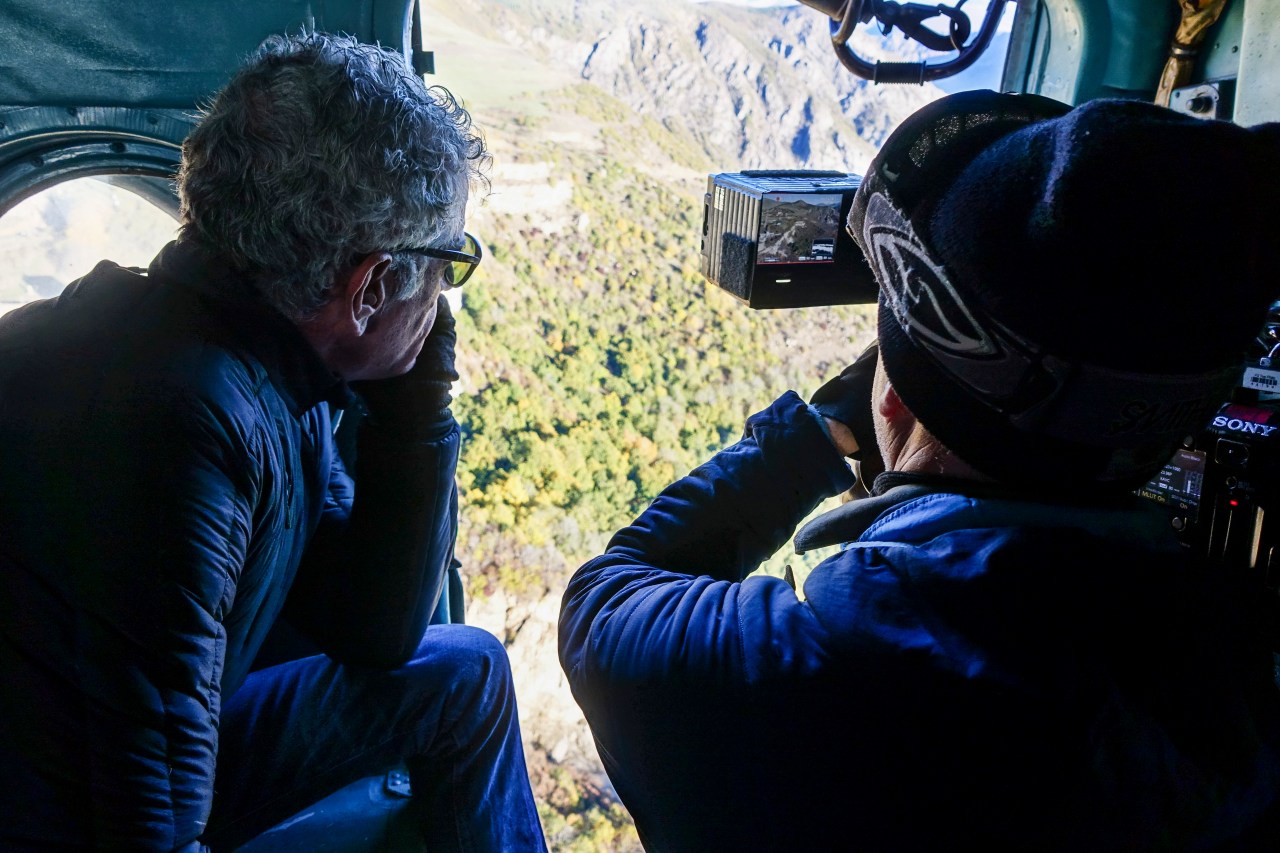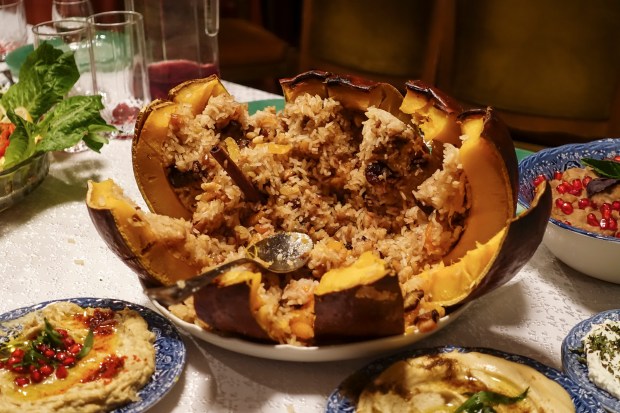Producer Helen Cho talks with director Erik Osterholm, director of photography Jerry Risius, and producer Josh Ferrell about capturing Armenia’s dark history and that sketchy helicopter ride.
Helen Cho: How did the idea for an Armenia episode come about?
Erik Osterholm: Tony was always interested in exploring Armenia, and then [System of a Down lead singer] Serj Tankian reached out, and it all fell into place. The South Caucasus are an incredibly complex corner of the world that is often overlooked. It sits at such an interesting nexus between Europe, Russia, and the Middle East. It’s not black and white, and in that way it’s a perfect place for an episode of Parts Unknown.
Cho: As a director, what’s your pre-production process? How do you decide what to cover?
Osterholm: I start by digging into the history and culture of a region. History gives me context and a filter through which to look at present-day storylines. From there I talk to locals, pressure-testing concepts, ideas, and stories I’ve come across. The themes that keep popping up are the ones we dial in on.

Cho: Did Armenia’s history inform, stylistically, how you filmed? How did you choose what gear to bring?
Osterholm: We knew some of the subject matter was quite dark and hard. We wanted to ensure that the look of those conversations was as stark as the nature of them. That said, there’s an endearing warmth to the people there. Due to that painful past—or despite it—Armenians are an incredibly welcoming and generous people. We didn’t want to lose the intimacy of the conversations we were having with folks crowded around kitchen tables.
Jerry Risius: We knew we needed to be light in our handheld work and needed a range of reactive zoom lenses to film in a variety of situations—in trains and cars, home dining rooms, and kitchens and restaurants as well as expansive landscapes. We wanted to keep Mount Ararat in as many shots as possible since it figures so largely in Armenian identity.
We also knew that to invoke the tragedies of the genocide and earthquake we wanted to use a set of older prime lenses to create images with shallow focus—although they have less sharpness than newer prime lenses—to give our locations a deeper, older, more historical feel. These prime lenses helped create a particular framing of the genocide monuments—the eternal flame and the artwork there. We wanted to give it a unique feel that conveys tragedy as well as resilience.
Cho: Were there any references you looked at prior to filming?
Risius: We looked at a lot of black-and-white still pictures from Armenia during the World War I era, pictures from the post–World War II Soviet era, and a slew of modern stills to get a feel for how to shoot modern Armenia with a historical sense of its own identity. We also rewatched Atom Egoyan’s film Ararat.
Cho: Is there anything you wish you’d included in the episode that didn’t make it?
Osterholm: So many great moments, characters, and places end up not making it into episodes since we only have a TV hour [42 minutes] to work with. Armenia, in particular, has such a deep, rich history that it was hard to make choices about where to go and what to cover. There was also so much great live music.
Cho: What moments stand out for you?
Josh Ferrell: That helicopter we got into was nuts. I’ve been on a few helicopters on this show—in Antarctica and elsewhere. This was by far the sketchiest. It was an old Soviet Mil Mi-8 that started smoking when they started it up—actual smoke poured out—so we all had to get out. But the nice thing was the pilots were super confident. Once we were airborne, we felt better.

Risius: Oddly, one of the least emotional conversations—the late-afternoon beer scene with Tony and three local tech leaders—had a real impact on me. To paraphrase: During the Soviet occupation, artists, academics, and independent politically minded people were routinely killed, jailed, etc. Anyone in the sciences, however, despite harboring less than Soviet–aligned affiliations, was free to do their work.
Cho: Most memorable crew meal?
Ferrell: I got to have some of that pumpkin ghapama, which was amazing. When the cameras went down, everyone on the crew got their grubby hands in there to get whatever they could because it looked so delicious.
Risius: We ate in our van on our drive back to the capital from Gyumri. It was evening; and as we drove through the countryside, I realized how truly beautiful the landscape of Armenia is and how deep the history goes.

This interview has been edited and condensed.